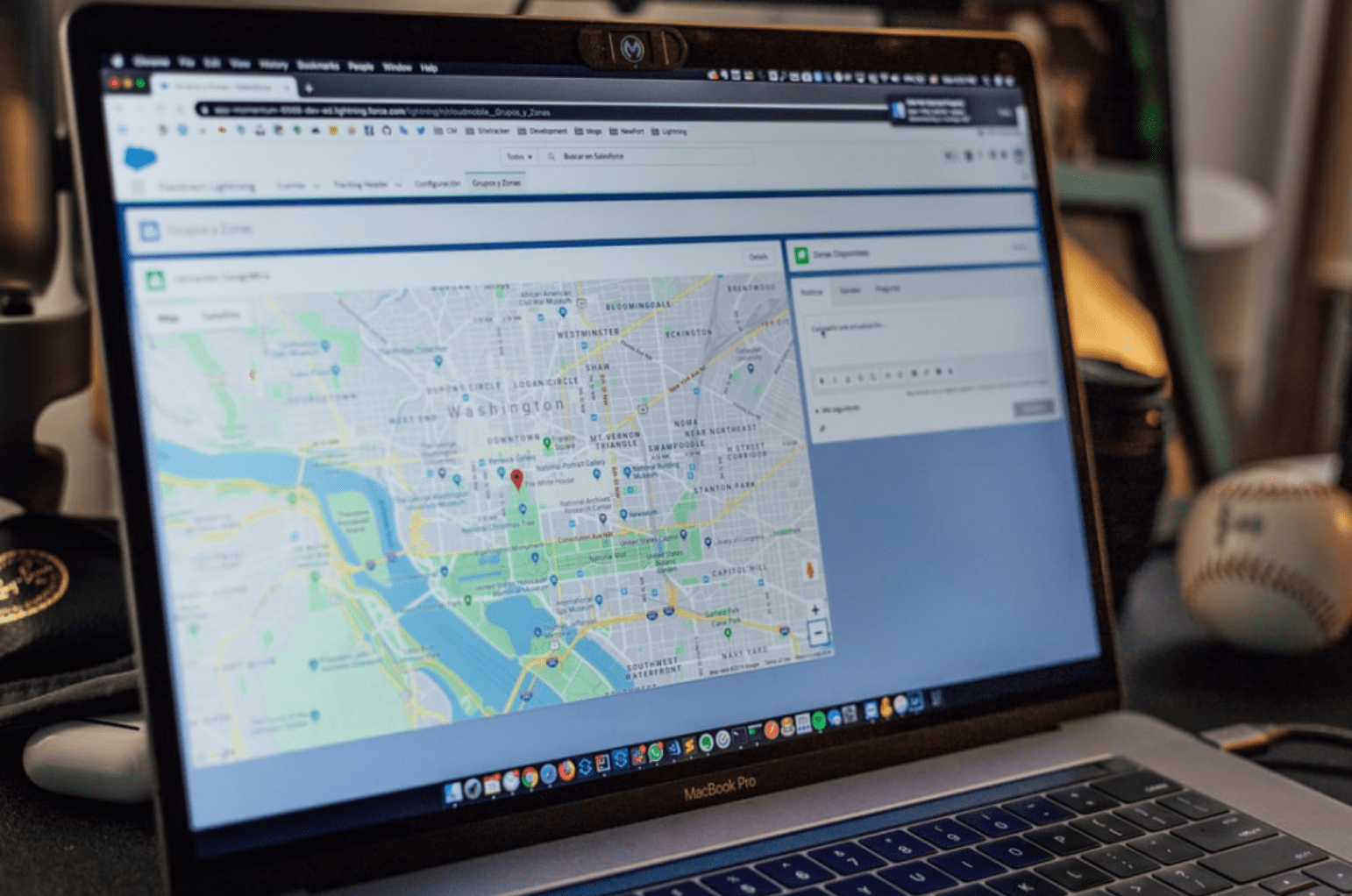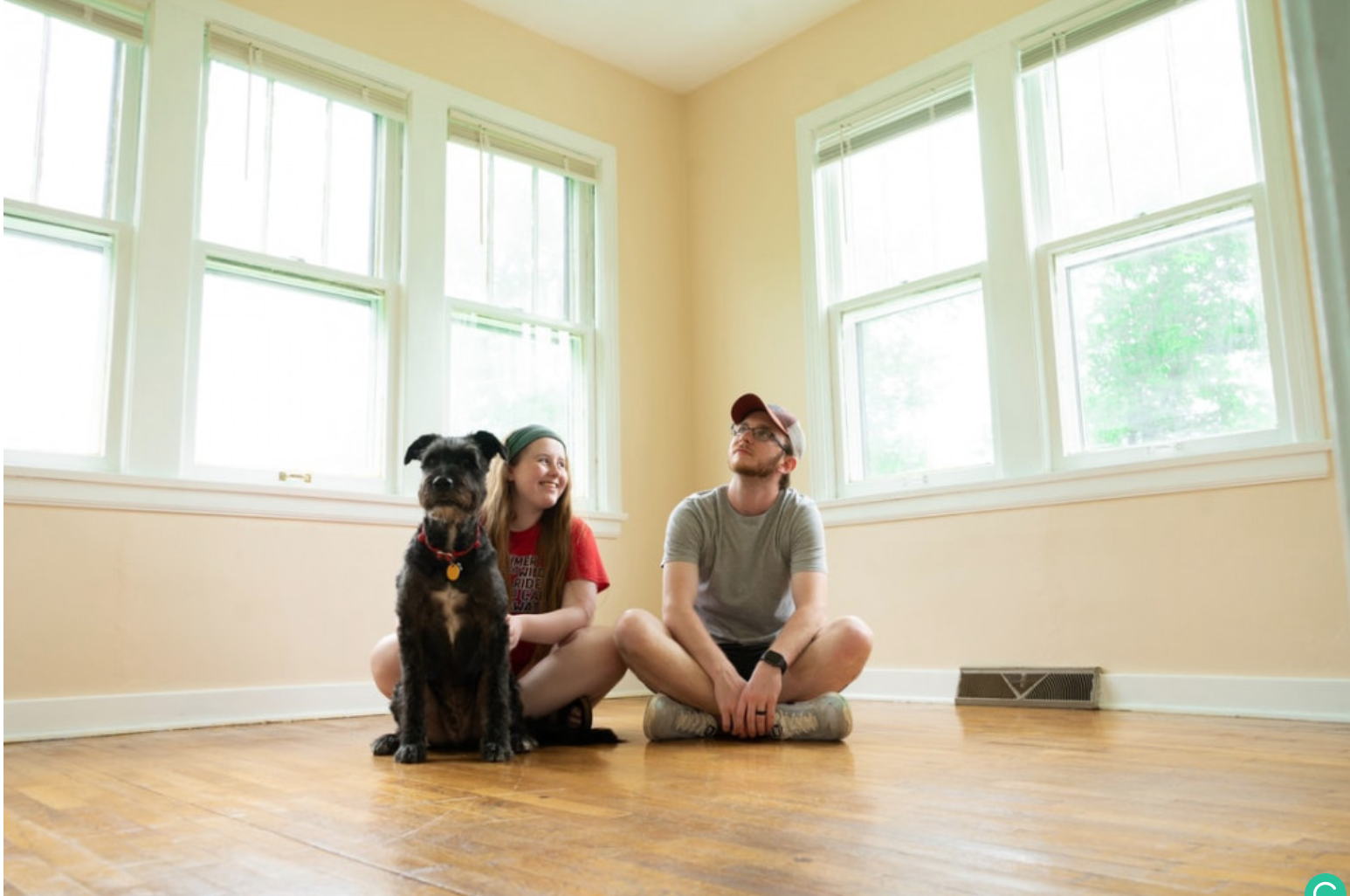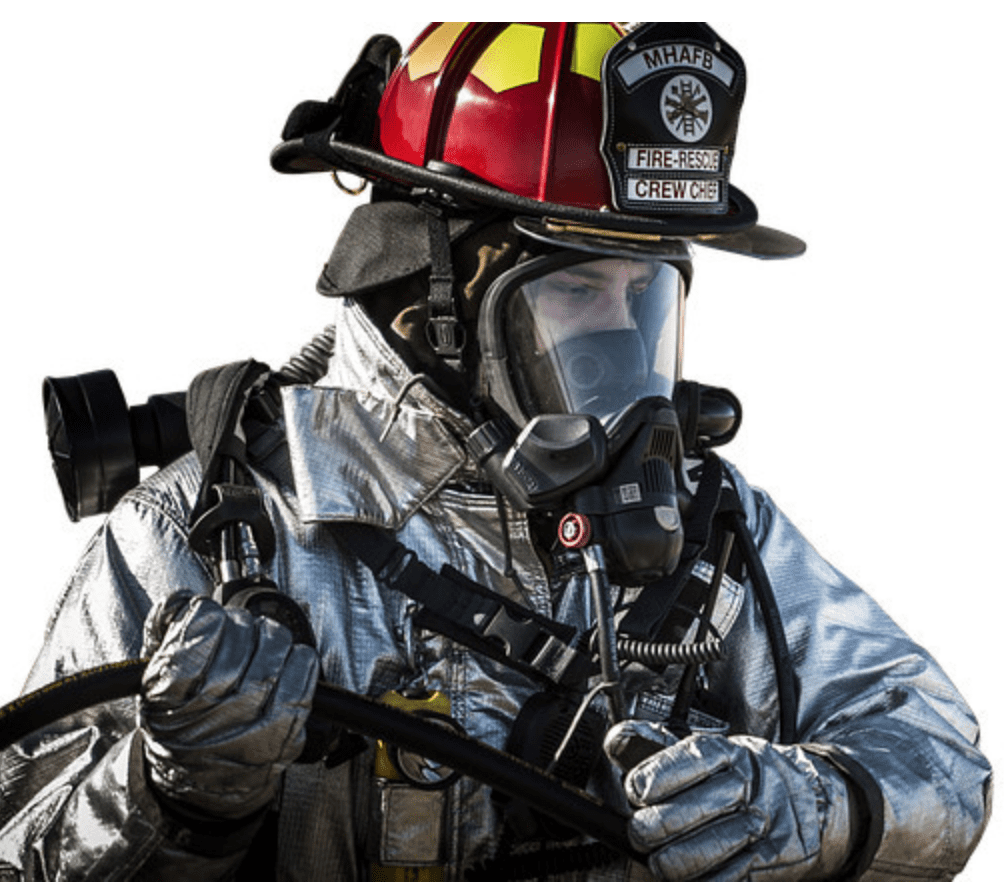Growing up in a healthy home can significantly affect the type of person a child becomes as they get older. It makes all the difference in your personality and can even impact what you do in the future. That’s why it’s important for so many parents to raise their children in a safe and happy home.
But children are not the only ones that can benefit from a healthy home. One or both your parents may live with you and need a healthy environment for a happy life.
Aside from happiness and safety, there are several other principles that should be considered to be part of a healthy home.
1. Keep it Clean
Having a clean home should be one of the first things to prioritize when trying to create a healthy home. By keeping your house clean, you will likely prevent pest infestations and any potential exposure to contaminants. By cleaning your home, you will also tend to keep it more organized and neat. It’s also a great way to set an example for your children.
Following good cleaning habits also sets a healthy example for your kids to follow. So, when it comes time to leave the nest, they’ll be better prepared.
2. Keep it Safe
If you have young children in your home, it’s important to keep your home as child-proof as possible. This means keeping sharp objects out of reach. But also safely storing any household cleaners or anything that includes hazardous chemicals, and more.
Be sure to store any medicines high up in a cabinet where a child won’t be able to reach as ingesting a medication that isn’t prescribed to them could be deadly. You also want to make sure that your doors and windows are always locked, not only to keep potential predators out but also to keep your children from accidentally escaping or running into the street.
If you live with older adults you may want to assess all your house to ensure you minimize the likelihood of fall hazards. In general, you may want to create a more open and free from obstacles environment. You may have to remove rugs, extension cords, or unnecessary pieces of furniture.
3. Make it Accessible
An extension of the principle of keeping it safe is making it accessible. One of the most important things to consider is that your home is accessible to everyone who lives there. If you have a small child, consider blocking off stairs with a baby gate so they can’t go up without your supervision.
On the other hand, if you have a family member with a disability or limited mobility, consider making your home more accessible for them. If a wheelchair is involved, you may need to add ramps to make it easier for the person to get around.
4. Keep It Dry, Ventilated and Climate-Controlled
Surprisingly a lot of people are unaware of the dampness in their homes, which can lead to mold. Mold can be incredibly toxic to the point where it could be a serious health hazard.
Homes tend to be exposed to moisture after it rains or if there’s an unidentified leak in your plumbing. This can welcome not only mold into your home, but also unwanted creatures such as roaches, rodents, mites, and other pests that thrive in moist environments.
Don’t Underestimate Fresh Air
A home that gets enough fresh air is a healthier home to live in. In fact, research has shown that a home with good ventilation and a fresh supply of air helps to improve respiratory health.
Having a well-ventilated home will also prevent the buildup of chemicals and even dirt and dust particles. Allowing a bit of sunshine into your home every once in a while is also good for your mental well-being.
Inside Temperature –Finding a Happy Medium
While some people in your household may enjoy the climate to be cold, others may prefer the opposite. It’s important to find a nice medium in between these two extremes.
If it’s too cold, your family may end up getting sick. On the other hand, if the temperature is too warm, especially during the summer, it could also cause a variety of health problems.
5. Keep it Free of Contaminants
Your home should always be kept free of any harmful contaminants or chemicals that could damage the health of those who live there.
For example, you should steer clear of smoking cigarettes indoors as the secondhand smoke from your cigarette could have adverse effects on everyone else. Secondhand smoke is particularly harmful indoors as dangerous chemicals and particles are kept in and don’t go away as quickly as when you are outdoors.
Not only that, but exposure to asbestos, radon, and carbon monoxide is much higher indoors than outside and can be deadly. To figure out if you have an issue with asbestos or radon you will likely have to have a professional complete a test.
Be sure to always have not just a smoke detector, but also a carbon monoxide detector that can help determine whether or not there are excessive levels of this harmful gas in your home.
6. Keep it Free of Pests
While on the topic of pests, if you see any lurking in or near your home, be sure to get it taken care of right away. The longer you leave a pest infestation without doing anything about it, the worse it can get.
Pests can get into your food and leave droppings behind in all parts of your home, thus creating an unsanitary environment that isn’t suitable to live in. The best thing to do is call an exterminator to handle the problem in a professional manner.
7. Keep it Under Budget
This principle may come as a surprise to some. But financial health is an essential aspect of a healthy home.
If you’re on a tight budget, it’s important to make sure that you stay within it. This means that you should avoid splurging on luxurious items or renting or buying a home that is out of your budget. This is a surefire way to get into debt, especially if you don’t have a savings account to fall back on.
Research has shown that households that spend more than 30% of their income to maintain their homes risk not being able to pay other important bills. Homes that spend more than 50% of their income are very likely to fall behind on bills. Keep this in mind when searching for a place for you and your family to settle down in.
Related Posts:




